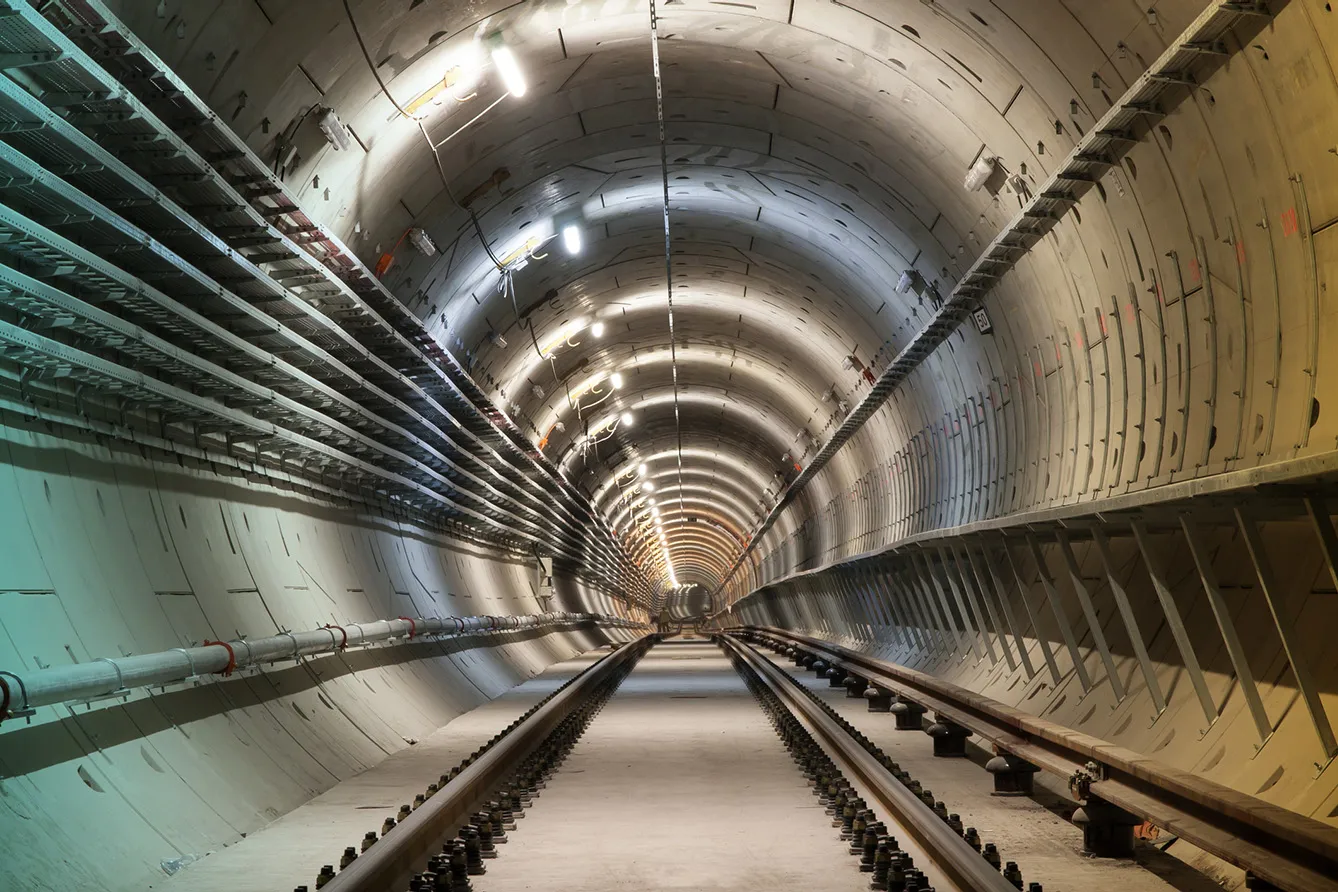If everything goes to plan, in less than a decade, the Transylvanian city of Cluj-Napoca’s M1 line should be moving passengers across 19 stations covering 21 km. Generally, the modernization or expansion of metro lines across CEE capitals is a common occurrence, with Bucharest, Prague, and Warsaw overseeing several major projects. Yet, a pleasant surprise came from Cluj-Napoca, one of Romania’s major metropolitan areas in the heart of Transylvania, which signed a contract to construct a brand-new metro system from scratch.
A good step in the right direction
The driverless line, which an international consortium will implement, represents one of the sole projects across CEE (and amongst the few in Europe) to construct a completely new system, with its length and features placing it quite high in the rankings.
After numerous declarations, starting in 2019, Cluj-Napoca and six other surrounding public administrations began developing an entire portfolio to oversee the feasibility, environmental impact, economic perspective, and strategic evaluation for metro construction in the metropolitan area. After three years, the design was concluded, interconnecting current peripheral industrial areas, historical spaces, high-density residential spots (generally within the outskirts), future development hubs (regional hospitals, railroads, shopping centers, etc.), and the metropolitan train.
“This is the biggest infrastructure project in Cluj’s history. In 2031, the year when the metro will start operating, we will have 164,000 passengers per day, which translates into 29,000 fewer cars in the city. When it comes to climate change, the metro should reduce the greenhouse gases in the city with the equivalent of half a million trees planted.”
Emil Boc, Mayor of Cluj-Napoca (Contract Signing, 2023)
In this context, the task of conceptualizing and delivering the entirety of the system from A to Z (including stations, lines, trains, depots, electrification, automation, etc.) falls upon an international consortium (which also worked at the Athena Line 4 and Paris Line 18). The latter reunites Gülermak (Leader – Turkey), Alstom (France), and Arcada (Romania) in parallel with another 15 other national and European companies and institutions.
A major upgrade for the city
Due to the scale, the 96-month (8-year) contract represents one of the largest infrastructure plans signed this year, with the Ministry of Transport describing it as “the largest in the last 30 years”. Thus, the three companies will have to manage EUR 1.76 bln dedicated to the construction phase and EUR 81.1 mln for design and technical documentation works (pre-VAT).
From the total, EUR EUR 300 mln has been allocated through the National Resilience and Recovery Program and will be dedicated to the implementation of the first nine stations (covering around 10 km within the city) and the depot, which should be in operation by mid-2026. Phase two, which will last through 2031, will see the construction of the rest of the project, adding another 11 km spreading outside of Cluj-Napoca.
Upon completion, although it might not be the biggest, longest, or densest in the country (or Europe). In comparison, Bucharest has at least three times those numbers. However, it will become Romania’s first fully automated line, servicing passengers at 90-second intervals and carrying around 20,000 passengers per hour.
All of these represent great news, inspiring other urban centers like Timișoara (which in 2015 mentioned a metro line) and Brașov to rethink their urban mobility. However, the realities of implementation depend on how the private partnerships with local and national authorities unfold, especially in the aftermath of next year’s general elections.







